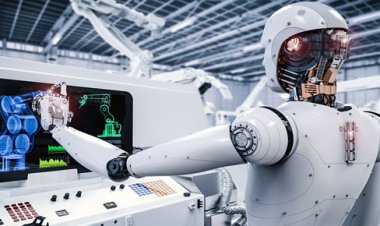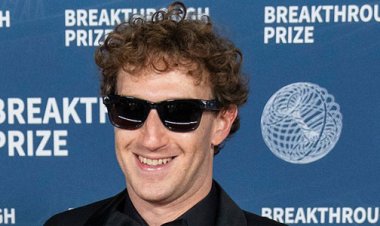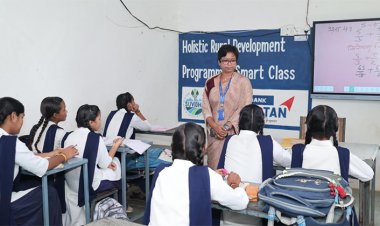Five new astronauts join the European Space Agency's fourth class, which has received over 20,000 applications.
The European Space Agency has formed its fourth class since 1978 with 5 Europeans who have completed basic astronaut training along with a graduate from the Australian Space Agency.

Five physically fit and very intelligent men and women have spent the last year being trained in physiology, anatomy, astronomy, meteorology, robotics, and Russian while being spun in centrifuges, immersed for hours, and briefly deprived of air.
The five Europeans and one Australian completed basic training on Monday, earning them the new title of astronaut.
The five additions to ESA's astronaut corps, who are eligible for flights to the International Space Station, brought the total to 11 at a ceremony in Cologne, Germany.
According to ESA Director General Josef Aschbacher, ESA has negotiated with NASA for three spots on upcoming Artemis lunar missions, albeit those spots will probably go to the more experienced astronauts. The Orion crew capsule's service module is also provided by the agency. To get its people into space, ESA depends on NASA and other partners.
It is only the fourth astronaut class since 1978 for the 22-country agency, chosen from among 22,500 applicants. Another twelve were selected as reservists, but were not sent to basic training. Not surprisingly, the five have resumes studded with advanced scientific and medical degrees, military training, experience flying planes, helicopters, gliders and balloons, and "leisure" activities like rowing, scuba diving, hiking, skydiving, cycling, sailing, and kayaking,
The group formed "a very good team" devoid of personal rivalry, said Aschbacher. "I told them, one of you will fly first and one will fly last, and they accepted that of course, but from the heart, not just lip service ... the team spirit is very pronounced."
Sophie Adenot, a French air force helicopter test pilot, said the group was "a fantastic crew and a fantastic team." The moment that struck her the most was leaving the airlock for underwater space walk simulation when the instructor said, "Welcome to space."
"And for me it was mind-blowing, I had goosebumps. ... In a few years it is going to be me in space, not in the water with safety divers."
When she was a girl dreaming of space travel, "I couldn’t count the number of people who told me, this dream will never come true. You have unrealistic dreams, and it will never happen. ... Listen to yourself and don't listen to people who don't believe in you."
In addition to Adenot, the ESA class consists of:
— Pablo Alvarez Fernandez, a Spanish aeronautical engineer who has worked on the Rosalind Franklin Mars rover intended for a joint mission with Russia that was suspended after the invasion of Ukraine;
— Rosemary Coogan, a British astronomer who has researched radiation emissions from black holes;
— Raphael Liegeois, a Belgian biomedical engineer and neuroscientist who has researched degenerative diseases of the nervous system, and also flies hot-air balloons and gliders;
— Marco Alain Sieber, a Swiss emergency physician who achieved sergeant rank as a paratrooper during his service with the Swiss army.
The group was joined by Katherine Bennell-Pegg from Australia, who underwent training under a cooperation agreement between Australia and ESA. She remains an employee of the Australian Space Agency. It's up to the Australian agency to find a way for her to travel in space.
Their yearlong basic training included preparation for the hostile environment encountered in space. They were exposed to multiple times the force of gravity in a centrifuge, and spent hours underwater using scuba gear to float around mockups of space station modules to simulate working in zero gravity.
They learned how to recognize symptoms of hypoxia, or lack of oxygen, by experiencing it themselves in a low-pressure chamber. Survival training included dealing with potential splashdown in the ocean and staying warm in winter while waiting to be recovered in case a landing goes off course. On top of that came academic work on scientific topics and learning about the space station's modules and equipment.
Intensive Russian language is still part of the program, even though ESA has suspended work with Russia except for the space station, where one of the working languages is Russian.






















